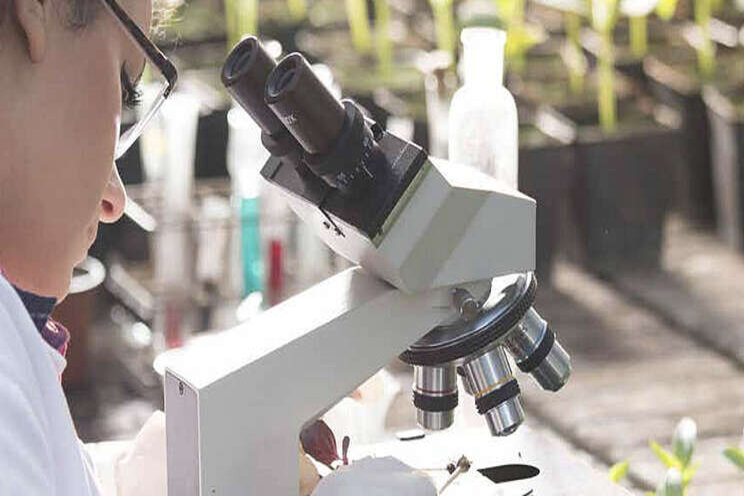Key to improving post-pandemic food supply chain
Added on 17 February 2021

Developed in partnership with researchers at Purdue University and the food and agribusiness strategy team at EY-Parthenon, the research report, "Resilience through Disruption" provides a comprehensive analysis of Indiana's food supply chain, features insights from Indiana producers and makes five recommendations to reduce fragility and improve future resilience of the state's food supply chain.
Key findings from the report include:
ˇ Aggregate losses attributed to the pandemic across major commodities produced in Indiana (corn, soybeans, hogs, dairy and eggs) are estimated at more than $500 million;
ˇ During the spring lock-downs, food-away-from-home spending in Indiana fell by over 60 percent, and remains down by over double-digits from January 2020; and
ˇ The increasing complexity in food retail continues to grow - in the 1960s the average grocery store offered 6,000 products - today, that number is more than 33,000.
"This research provides a first-of-its-kind inventory of Indiana's food supply chain and identifies gaps that were exposed at the height of the pandemic - from food access, to labor, to challenges in the agility of distribution," said Mitch Frazier, president and CEO of AgriNovus Indiana. "Those insights shaped five key recommendations that serve as a challenge for industry to address by working together to emerge stronger, more resilient and ready to meet consumers' needs."
The five key recommendations defined in the research are:
1. Implement transparency and traceability - Consumers, customers, processors and manufacturers increasingly require transparency, and companies need the ability to see real-time information about their supply chains.
2. Increase collaboration - To meet evolving consumer needs for nutrition, affordability, sustainability and transparency, food companies need to collaborate between buyers and suppliers to measure and manage risk.
3. Build last-mile agility - A balance of efficiency with robustness must exist in the food supply chain to plan for systemic disruption. Manufacturers should consider inventory holding arrangements with adjacent chain participants to build disruption buffers.
4. Reexamine customer segmentation - Consumers are changing the way they shop, the products they purchase and the attributes they prioritize. Companies need to focus on key purchase criteria, shopping behavior and generational differences.
5. Invest in the future - Changes in labor availability and consumer demands offer enormous opportunities for investment, and Indiana has the infrastructure, knowledge and skilled labor to compete for venture capital funding in food and agriculture.
"COVID-19 significantly impacted Indiana farmers and food consumers alike," said Dr. Jayson Lusk, co-author of the research and head of the Agricultural Economics Department at Purdue University. "AgriNovus stepped up and provided leadership in helping us learn from the pandemic, and helped pave the way for a more resilient food and agricultural sector for the future."
"The food and agricultural industries are at the precipice of enormous changes, from how crops are produced to what consumers eat," said Dr. Brian Bourquard, coauthor of the research and senior director of strategy at EY-Parthenon. "Industry leaders need to reimagine our food system and how to create value for a broad set of stakeholders, particularly as we recover from the pandemic."
The full study, Resilience through Disruption, is available at www.AgriNovusIndiana.com/Research.
This follows the release of an AgriNovus-commissioned study, Innovative Agbioscience in Indiana: 2020 Assessment, that found Indiana's agbioscience innovation economy directly contributes more than $39 billion to the state's economy. Published in November 2020, the study found value-added food and nutrition to be the largest agbioscience innovation platform in the state, topping more than $29 billion, and agtech to be the fastest growing innovation platform. The study is available online at www.AgriNovusIndiana.com/Research.
Source and Photo Courtesy of Urban Ag News
Source: Urban Ag News
More news















